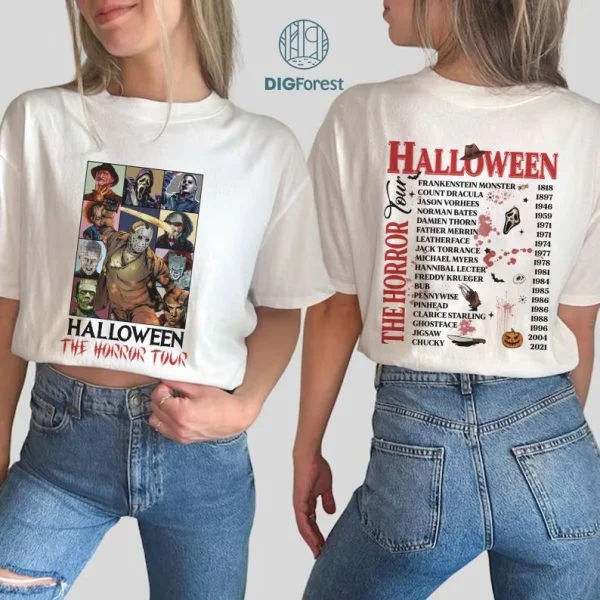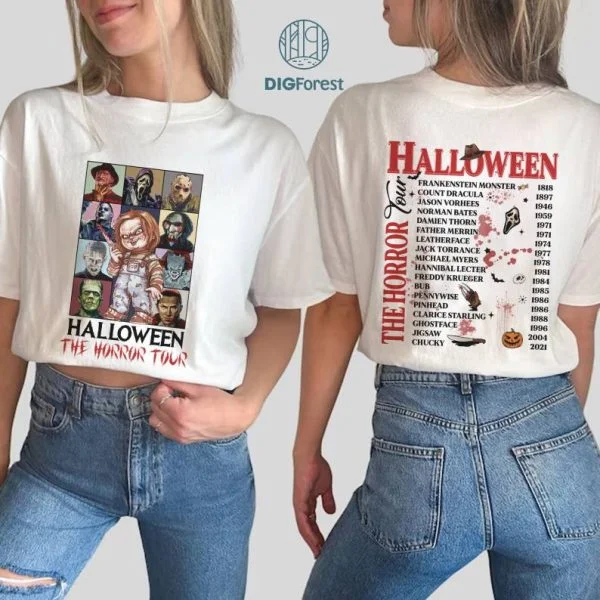Disney
10 Aspects in Vintage Disney Films That Would Be Problematic Today

Classic Disney movies, despite their timeless charm, contain elements that would face significant challenges with today’s more discerning audience. Over eight decades of movie-making, Disney has encountered controversy due to problematic storylines, racial stereotypes, and inaccurate historical representations. As societal values and expectations have evolved, some aspects of these beloved classics now appear out of sync with contemporary standards.
It’s crucial to acknowledge that these films were products of their time, often perpetuating harmful stereotypes and outdated ideals. However, the impact of these elements on impressionable audiences cannot be underestimated. Themes such as the depiction of consent in romantic relationships (evidenced by kissing a sleeping princess) and racial stereotypes (as seen in Native American and anti-Black portrayals) send messages that are incongruent with modern sensibilities.
- The Hellfire Song (The Hunchback Of Notre Dame, 1996): The song “Hellfire” raised eyebrows for its religious undertones and its inappropriate message about Judge Frollo’s feelings toward Esmeralda. In today’s world, such a message would not be acceptable.
- Mushu’s X-ray Vision (Mulan, 1998): A scene featuring Mushu’s use of x-ray vision on Mulan’s chest is seen as inappropriate for a children’s animation, raising questions about Disney’s decision-making at the time.
- Kissing A Sleeping Princess (Sleeping Beauty, 1959, Snow White And The Seven Dwarfs, 1937): The portrayal of true love’s kiss on a sleeping princess raises concerns about consent, suggesting an outdated and forced depiction of romantic relationships.
- Native American Stereotypes (Peter Pan, 1953): The song and portrayal of Native Americans in “Peter Pan” are considered offensive due to stereotypes, emphasizing the need for more thoughtful representations in storytelling.
- Anti-Black Stereotypes (Dumbo, 1941, Fantasia, 1949): Disney’s history of problematic portrayals of black characters, including Sunflower and the crows in “Dumbo,” contributes to harmful biases and misconceptions.
- The Siamese Cats (Lady and The Tramp, 1955): Depiction of Siamese cats with exaggerated features perpetuates negative stereotypes of Asians, reflecting insensitivity in character design.
- Ariel Giving Up Her Entire Life For A Man (The Little Mermaid, 1989): Ariel’s decision to abandon her life for Prince Eric raises concerns about portraying young women as having no ambition other than marriage.
- Stereotypes About The LGBTQ+ Community (The Lion King, 1994, The Little Mermaid, 1987, Hercules, 1997): Villains in Disney movies are often queer-coded, perpetuating negative stereotypes about the LGBTQ+ community, reinforcing the need for more inclusive storytelling.
- The Message That Problematic Men Can Be Fixed (Beauty And The Beast, 1997): The underlying message in “Beauty and the Beast” that problematic behavior can be changed through love may not align with modern understandings of relationships.
- Historical Inaccuracy (Song Of The South, 1946): The misrepresentation of slavery in “Song of the South” and the use of Black stereotypes highlight the need for accurate and respectful storytelling about historical events.

As Disney evolves and continues to create more inclusive content, these critiques serve as a reminder of the importance of adapting storytelling to align with changing societal norms.
We bring out some of the most well-known Disney collection, all of which are available at reasonable costs. Visit our link now if you are interested in the Disney collection


Alex, Marty, Melman, Gloria, King Julien
